Much has been written about how COVID-19 is affecting people in rich countries but less has been reported on what is happening in poor countries. Paradoxically, the first images of COVID-19 that India associates with are not ventilators or medical professionals in ICUs but of migrant laborers trudging back to their villages hundreds of miles away, lugging their belongings. With most of the economy shut down, the fragility of India’s labor market was patent. It is estimated that in the first wave, almost 10 million people returned to their villages, half a million of them walking or bicycling. After the economic stoppage, the International Labor Organization has projected that 400 million people in India risk falling into poverty.
Agriculture is the largest employer, at 42 percent of the workforce, but produces just 18 percent of GDP. Over 86 percent of all agricultural holdings have inefficient scale (below 2 hectares). Suppressed incomes due to low agricultural productivity prompt rural-urban migration. Migration is circular, as workers return for some seasons, such as harvesting.
Evidence of Indian labor market segmentation is widely available—with a small percentage of workers being employed formally, while the lion’s share of households relies on income from self-employment or precarious jobs without recourse to rights stipulated by labor regulations. Only about 10 percent of the workforce is formal with safe working conditions and social security. Perversely, modern-sector employment is becoming “informalized,” through outsourcing or hiring without direct contracts. The share of formal employment in the modern sector fell from 52 percent in 2005 to 45 percent in 2012. During this period, formal employment went up from 33.41 million to 38.56 million (about 15 percent), while nonagricultural informal employment increased from 160.83 million to 204.03 million (about 25 percent).
Most informal workers labor for micro, small, and medium-sized enterprises (MSMEs) that emerged as intermediate inputs and services suppliers to the modern sector. However, workers struggle to get paid, which the government identifies as great challenge. Payroll and other taxes, as well as limited access to subsidized credit for large firms, are disincentives to MSME growth. Although over half of India has smartphone access, relatively few can telework. Retail and manufacturing jobs require physical presence involving direct client interaction. Indeed, income for families unable to telework has fallen faster.
The government’s crisis response has mitigated damage, with a fiscal stimulus of 20 trillion rupees, almost 10 percent of GDP. Also, the Reserve Bank of India enacted decisive expansionary monetary policy. Yet, banks accessed only 520 billion rupees out of the emergency guaranteed credit window of 3 trillion rupees. In fact, corporate credit in June is lower than June last year by a wide margin after bank lending’s fall. S&P has estimated the nonperforming loans would increase by 14 percent this fiscal year. Corporations have deleveraged retiring old debts and hoarding cash, as have households. Recovery through investment and consumption has stalled. These trends are exacerbated due to the pandemic. The manufacturing Purchasing Managers Index (PMI) recovered 50 percent since May but at 47.2 it remains in negative territory. Services contribute over half of GDP but its PMI, even after bouncing back, remains low at 33.7 in June. Consumption of electricity, petrol, and diesel have regained from the lockdown lows but are still 10-18 percent below June 2019 levels. Agriculture has been the bright spot, with 50 percent higher monsoon crop sowing and fertilizer consumption up 100 percent. Unemployment levels had spiked to 23.5 percent but with a mid-June recovery to 8.5 percent—and then crept up again marginally.
The National Rural Employment Guarantee Scheme (MNREGA) and supply of subsidized food grains have acted as useful buffers keeping unemployment down and ensuring social stability. Thirty-six million people sought work in May 2020 (25 million in May 2019). This went up to 40 million in June 2020 (average of 23.6 million during 2013-2019 period). The government has ramped up allocation to the highest level ever, totaling 1 trillion rupees. Similarly, in addition to a heavily subsidized supply of rice and wheat, a special scheme of free supply of 5 kilograms of wheat/rice per person for three months was started and since extended by another three months, covering 800 million people. There have also been cash transfers of 500 billion rupees to women and farmers.
However, MNREGA has an upper bound of 100 days guaranteed employment and it also does not cover urban areas. Agriculture cannot absorb more labor, with massive underlying disguised unemployment. A post-pandemic survey shows that the MSME sector expects earnings to fall up to 50 percent this year. Critically, the larger firms are perceived healthier. However, small and micro enterprises, who have minimal access to formal credit, constitute 99.2 percent of all MSMEs. These are the largest source of employment outside agriculture. Their inability to bounce back could see India face further economic and also social tensions. The economy is withstanding both supply and demand shocks, with the wholesale prices index declining sharply.
We identified labor market pressures toward increased poverty, both in the extensive margin (headcount) and intensive margin (deprivation depth). India needs to ramp up MNREGA, introduce a guaranteed urban employment scheme, and boost further cash transfers to poor households. Government efforts have been enormous in macroeconomic policy (fiscal stimulus and monetary loosening) to mitigate adversity but fiscal space is narrowing, requiring the World Bank and other international financial institutions to step up and help avert even greater hardship. Also, ongoing advances towards structural economic policy reforms have to continue.
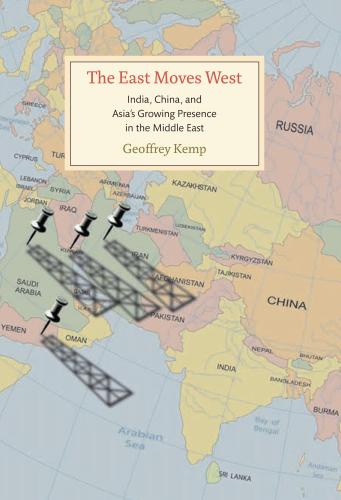
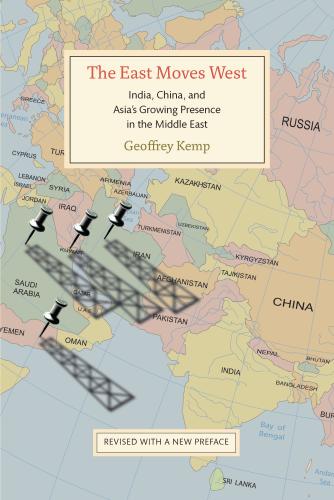
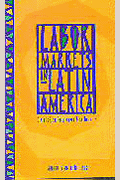
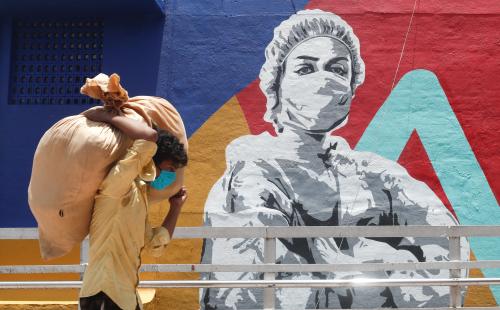
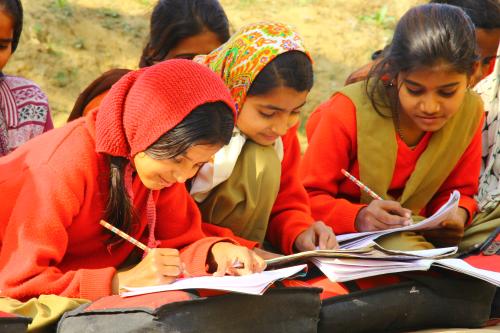
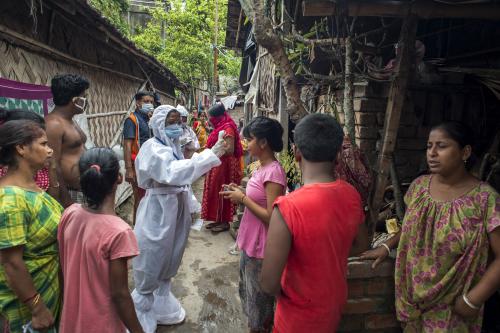



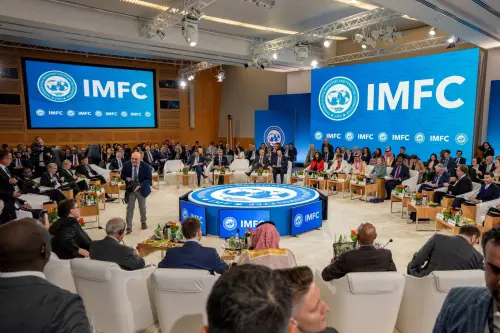

Commentary
The impact of COVID-19 and the policy response in India
July 13, 2020